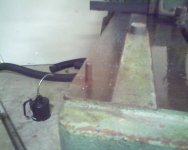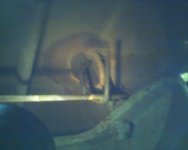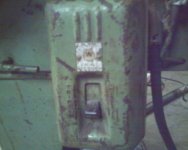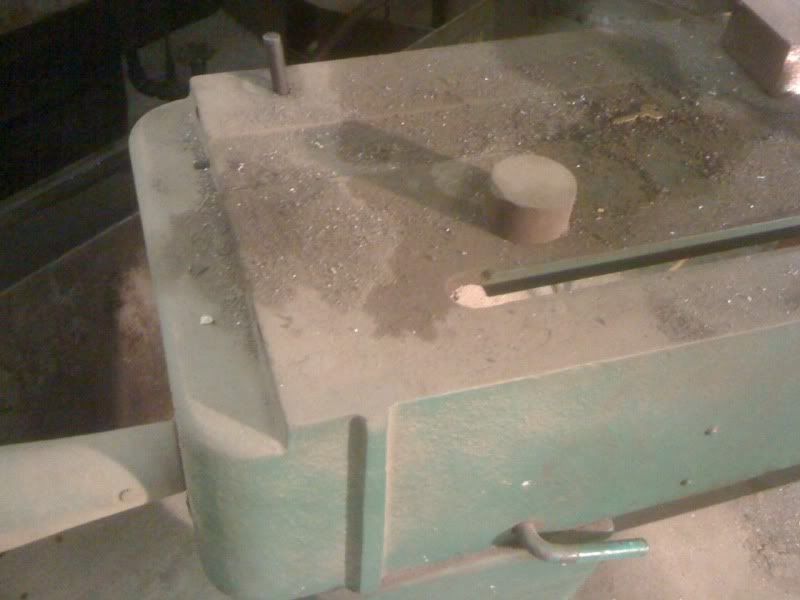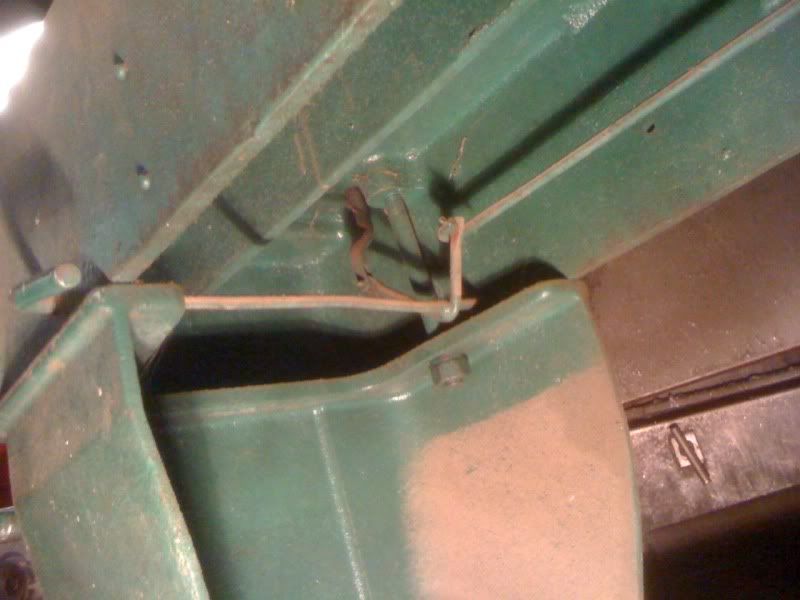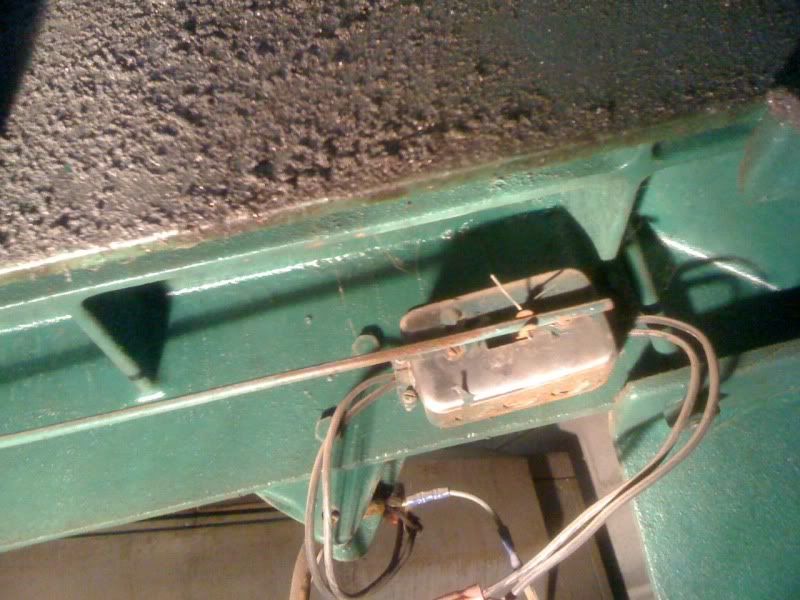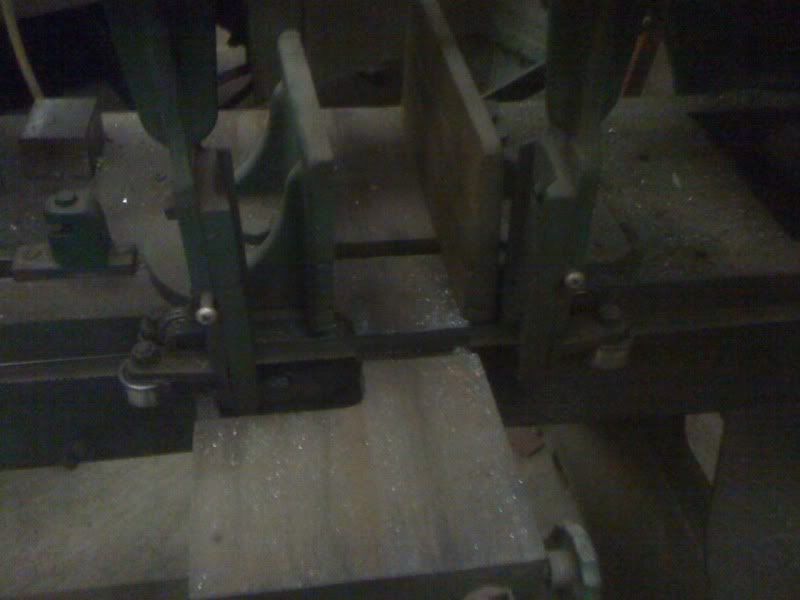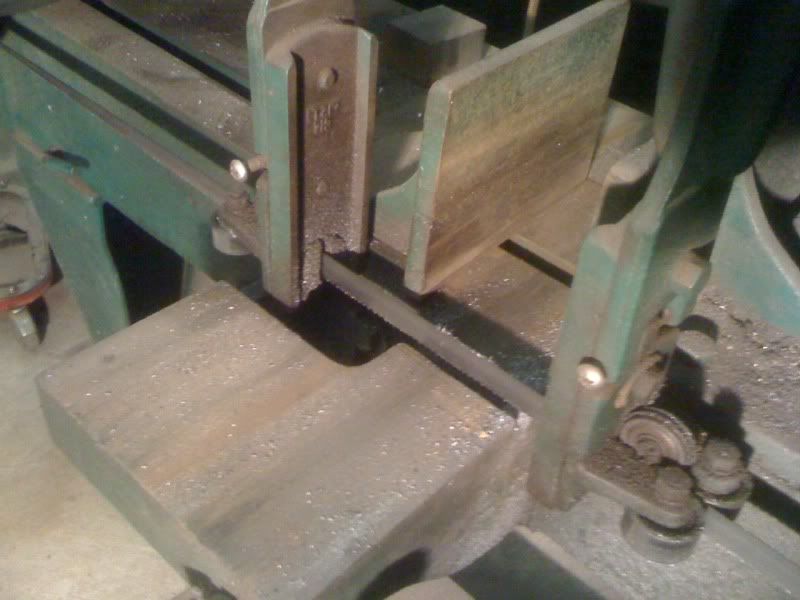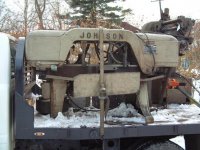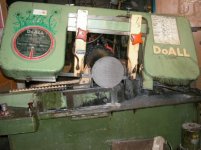BrianB
Hot Rolled
- Joined
- Aug 24, 2006
- Location
- Shelbyville, Ky
I recently acquired what I believe is a 1st year model Johnson model J bandsaw SN810. It still has the original Leland electric 3phase motor dated to 1937. It looks stylish next to my 1944 Monarch, its a whole art deco thing going on. haha Anyways I would like to restore this saw to a more original and to me functional state. It runs good but long ago the automatic shutoff was removed and you now have to turn it on and off with the main switch. I am hopeing someone here will have a similar vintage saw that can help me figure out how the shutoff was wired up and attached. Here is a picture of the saw and what is left of the on off switch and auto shutoff mechanism. Any help and insight is greatly appreciated!
Attachments
Last edited:



